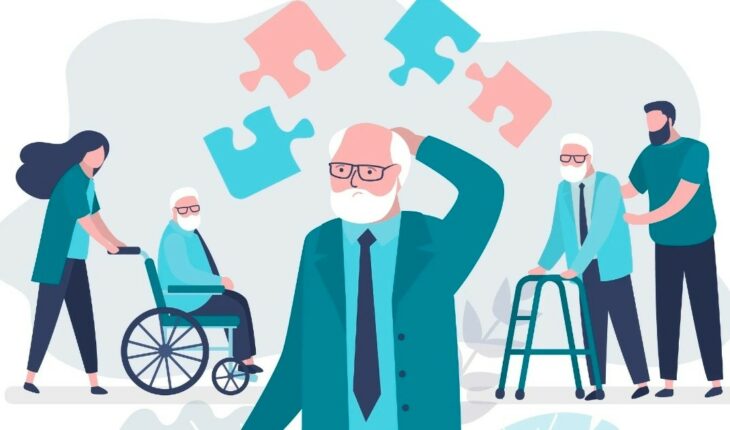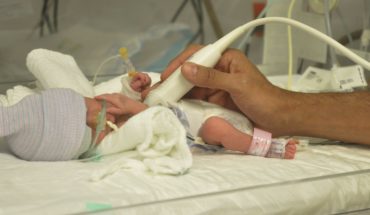Although lifestyle factors – such as diet, sedentary lifestyle or smoking – influence the risk of developing Alzheimer’s, between 60% and 80% of cases have a genetic basis. In this context, researchers from all over the world trace as true detectives the genes behind this neurodegenerative disease that affects some 45 million people worldwide and that is estimated to suffer from 500 thousand Argentines. Thus, in Europe and North America they managed to determine genetic profiles of Alzheimer’s associated with their population, which opens the door to thinking about the development of kits that allow assessing the genetic risk and thus define strategies for a personalized and more effective treatment. In Argentina, a group of local scientists, including The Doctor in Molecular Immunochemistry Laura Morelli, from the Laboratory of Brain Aging and Neurodegeneration of the Leloir Institute Foundation (FIL), seeks to advance on the same path and determine the genetic profile of the disease in the country, a task that they began in 2014, but that the pandemic left on pause. So far we have data from about 1,300 people, which is enough to validate (or not) discoveries made in european population, but not to detect new genetic variants associated with the ethnic characteristics of our population, our ancestry. For that we have to scale and reach about 10,000 samples,” explained to the CyTA-Leloir Morelli Agency, also a CONICET researcher. The relaunch of the campaign is basically aimed at obtaining saliva or blood samples from people of Amerindian origin in order to have a local representative base, so those interested in collaborating must be over 65 years old and not have European ancestry. The analysis of the genetic information of the volunteers will allow to identify DNA variants whose presence indicates the probability of developing Alzheimer’s.” Genotyping patients and controls (healthy people) in populations such as Argentina, where there is ancestral genetic variety, will allow the development of a genetic risk predictor (PRG) associated with Alzheimer’s disease more specific than if those built with European data are used, “said Morelli, who has been working on Alzheimer’s since the beginning of 1993, when he traveled to the United States to perform his first postdoctoral degree in the Pathology Laboratory of the University of Nueva. York.
Laura Morelli, CONICET researcher in the Laboratory of Brain Aging and Neurodegeneration of the FIL.
According to the specialist, the information that emerges from this project will enable the development of software with algorithms that can cross genetic data from a saliva or blood sample with information from the medical history and family history of the person to predict their risk of Alzheimer’s. This will make it possible to better monitor and, eventually, study interventions that improve prognosis.” The dream of those of us who work on complex diseases is to be able to generate knowledge that allows us to understand their causes and outline strategies for diagnosis and treatment,” said Morelli.
Alzheimer’s disease is a degenerative neurological disorder that leads to a loss of brain function, manifesting itself in the progressive deterioration of memory, thinking, language and social skills and affecting a person’s ability to live independently. It is the most common cause of dementia. According to the World Health Organization (WHO), currently more than 55 million people live with dementia, a figure that is estimated to increase to 78 million by 2030 and 139 million in 2050.As it is a disease that impacts not only patients but also their families and caregivers, for 18 years every September 21 World Alzheimer’s Day is celebrated as a way to call the attention and generate awareness about this pathology that is loaded with stigmas and ignorance. Driven by Alzheimer’s Disease International (ADI), a global federation of Alzheimer’s and dementia associations working in partnership with WHO, one of the goals of this day is to achieve greater access to early diagnosis: intervening early allows to slow the progression of the disease and improve the quality of life of those affected.
“Although today there is no cure for Alzheimer’s, the tool we want to develop will increase the quality and accuracy of the diagnosis, thus improving the clinical management of patients in our country,” Morelli said. He concluded: “To define a predictor of genetic risk it’s the first step toward precision medicine.” Soon, on the website of the Leloir Institute Foundation, information on how to pre-register to participate will be announced.





